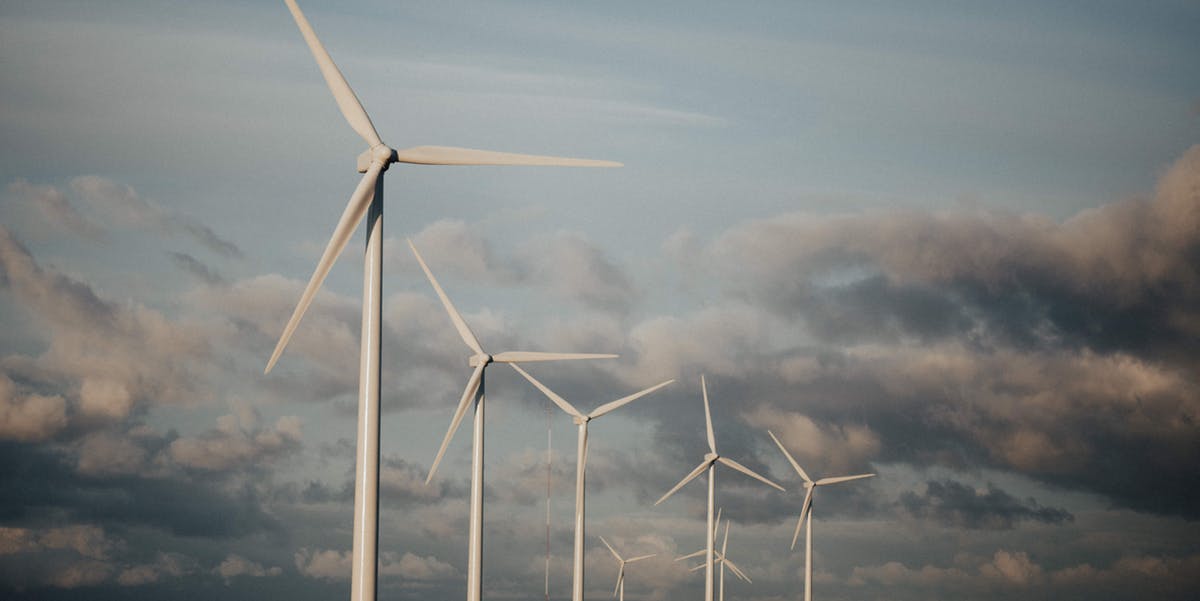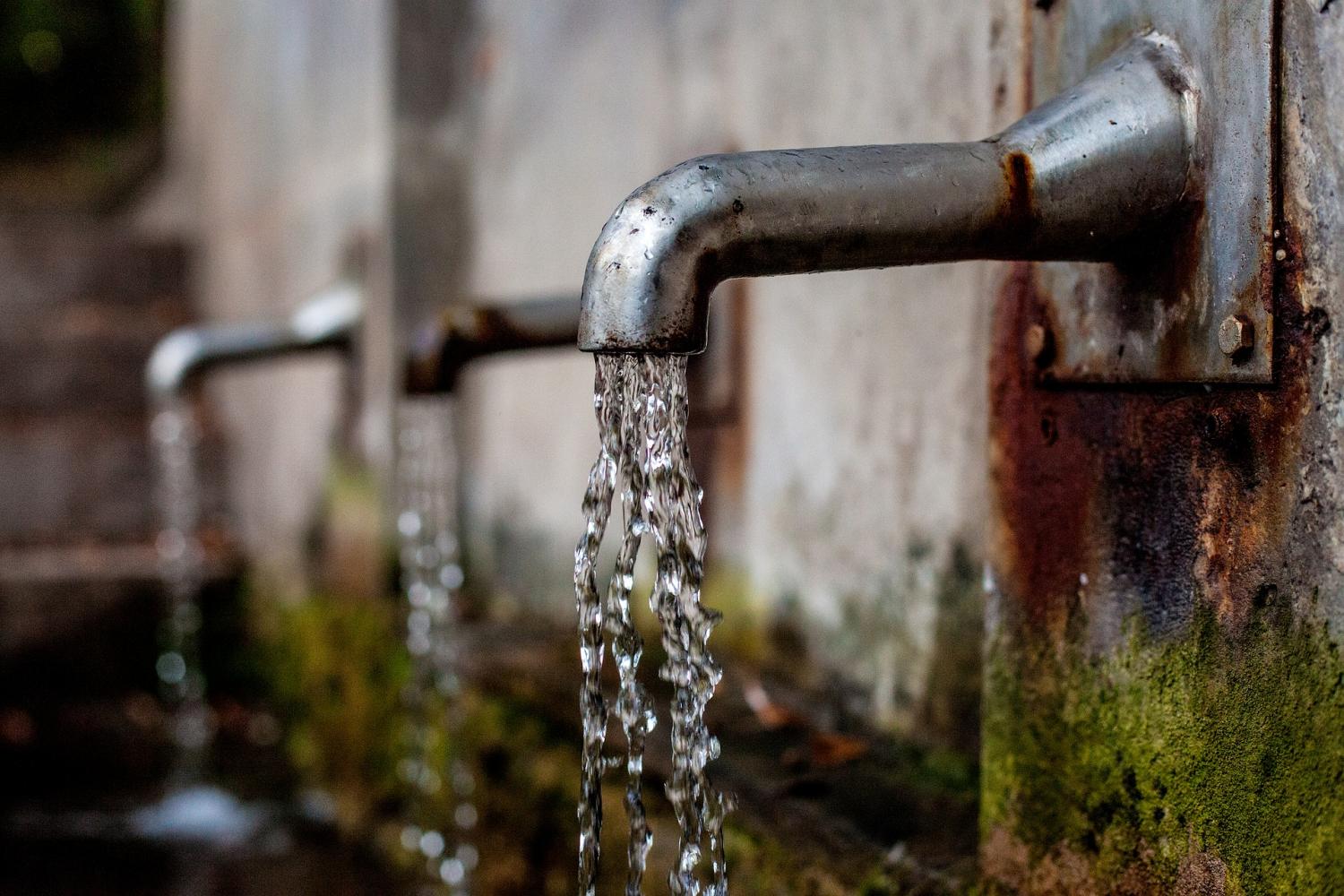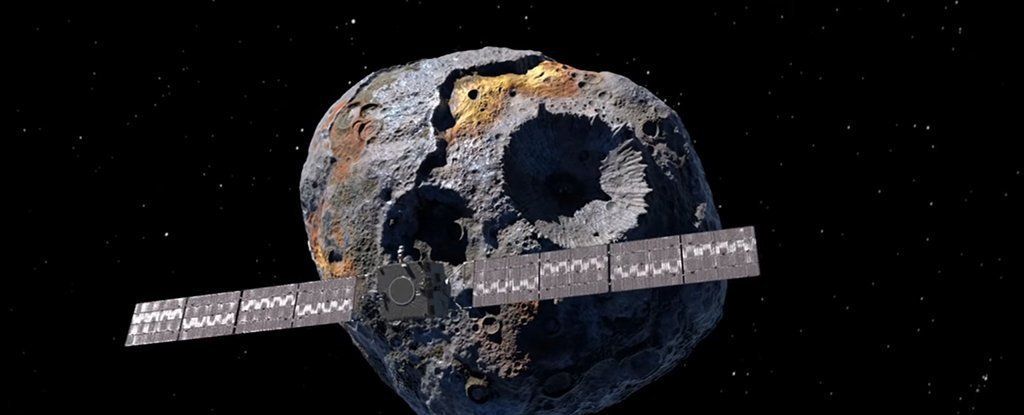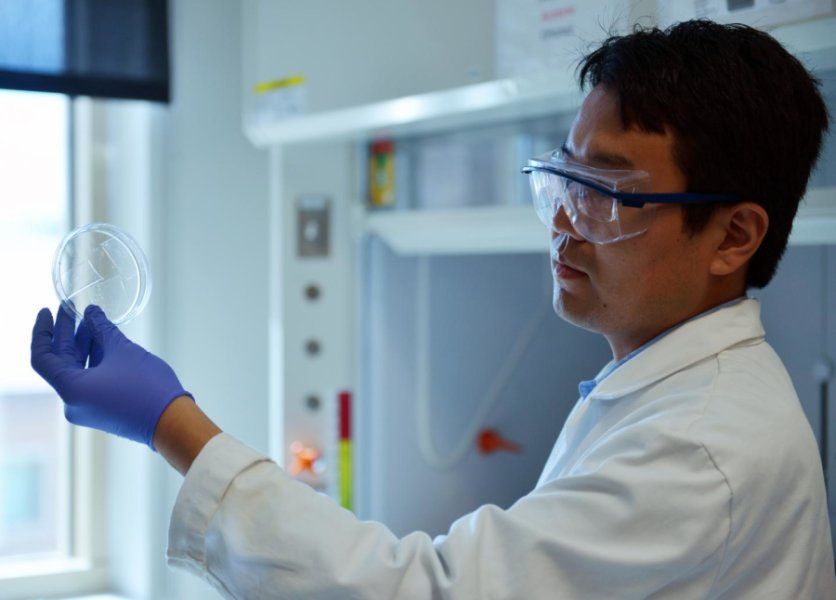Dear Mr Howard Bloom-The modern Einstein,next Stephen Hawking and Freud,
Its an honor to be known by you. Your work on Space Sciences are revolutionary Sir. Your association and projects with CalTech and other scientific organizations will change the world we live in.I also have great passion in Space and Astronomy Sciences and that led me attending multiple workshops of NASA apart from attending its three credit course and organizing its prestigious essay contest in Indian schools in India and Abroad. I have searched NASA websites for close to 16 years and have found that it stores trillions of pages of materials where you can learn and research without help of any other source. I also have written my fundamental concept called The Cosmic Mask which I have sent to National Research Council and The American Astronomical Society for their review. I plan to publish it on AAS website.My two books–The Cosmic Mask(Not the Fundamental Concept) and NASA-The Story of Manned and Unmanned Missions is dedicated to youths of this world for their love and passion in Space and Astronomy Sciences.
I want to know how you can associate me with National Space Society and other organizations you are associated with.
You asked me few things and here is what I think.
Yes I am a Journalist also and I write for Russian International Affairs Council,Moscow,Life Boat Foundation,Nevada,USA,Global Ethics Network,Washington and few more places.
I think the concept of Globalization has brought many developments in countries. I traveled to China thrice and I am quite amazed kind of progress China has achieved in last 30 years. I will not be wrong if I say that in many aspects its way ahead to USA or western World. They care about their culture,language but at the same time have welcomed and have adopted foreign companies on their soil. Deng Xio Ping and his many successors including current President Xi Jin Ping has metamorphosed China in a way that its now called second super power in exiting world.
As for as Russia is concerned its now a bit stable but it still has to go a long way ahead. Russia and USA relation or Trump and Putin relation are in much better shape than their predecessors and its good for both countries.
Now about country which is my mother land-India. India has all potential to grow and is growing rapidly. From the days in immediate post independence time where it had to import literally everything it is now a giant nation in IT sector and launches satellite every month if not every week . The Great Indian Middle Class is back bone of Indian economy due to its spending capacity and Agriculture its soul. Railways,Metros,New Airports,Thousands of Kilometers of Roads,Seaway-Starting on 15th August from Varanasi to Kolkata’ Bullet train and curving corruption,Demonetization are few tasks out of many which Narendra Modi gov has achieved. I guess he needs a second term to make those schemes sustainable to make India a super speeding nation.
Sir you are called modern Einstein,next Stephen Hawking and Freud you tell me how you rate India’s progress via returning message and I will publish it on my social media pages as I am publishing this.
Sincerely.
Ratnesh Dwivedi
=91 7834946527
Skype ratnesh.dwivedi7
-P.S. Howard Bloom is a Revolutionary Scientist who work with Caltech,NASA,NRC,AAS,NAS and many more.His website is;
www.howardbloom.net
Reply of Howard Bloom
-
ratnesh, hi. thanks enormously for your overview of the global powers. i agree, china is moving fast, and the belt and road initiative will make china a giant power in the coming decades. india’s space program–initiated in part by my friend and former collaborator dr. apj kalam–is a wonder. but it will have a hard time catching up with elon musk. and india’s political corruption impedes the nation, despite the flowering of india’s IT genius. but the middle class in india is enormous, and its demands will lead to a positive future. from the point of view of physical infrastructure, america sometimes seems like a third world country. our roads are falling apart. we have no bullet trains. and we rely too heavily on the automobile and the airplane for transport. but businesses like google, facebook, and amazon continue to lead the world in innovation. however their chinese competitors are now rolling out one innovation after another, innovations we don’t see or even imitate in the usa. your position as a leader in the global economy depends on a continual race to the top and beyond. it depends on visionaries. america has visionary leaders like elon musk, larry page, sergey brin, and jeff bezos. hopefully those who would like to make headlines by taking google and facebook down will not succeed. hopefully, we will imitate the best innovations of the chinese-and improve on them. and hopefully new mark zuckerbergs, new sergey brins, new larry pages, new elon musks, and new jeff bezoses will continue to arise from our system. we have a few advantages. compared to india and china, our political system has less corruption. and most important, we prize innovation and give great latitude to the odd–to creators and paradigm breakers.
-
Howard Bloom
re: space. would you be able to join the Space Development Steering Committee, a group I run that is closely allied with the National Space Society? we meet on the telephone thursday nights at 9 pm eastern time, the morning of friday your time. or you could join my big bang tango media lab, which meets on skype at 9 pm eastern time on sunday nights, monday morning your time. to join the national space society contact anita gale.
-
Howard Bloom
9:58 AM
ps what’s your email address?
- Ratnesh Dwivedi sent the following messages at 12:57 PM
Ratnesh Dwivedi
I will reply you in detail by today evening India Time. We are celebrating Independence day today.
-
Ratnesh Dwivedi
Dear Friend, Its delight knowing that you and our decorated scientist APJ Kalam were friends.You are true.China is moving very fast.Actually credit goes to leaders after Chairman Mao.If Mao still would have been President I guess China would have been only a military superpower and not the trade and commercial superhub.It all started during Deng Xio Ping that liberalization policies were brought in place. After almost 25 years India adopted a liberalized policy which boosted Indian economy.Current Gov is doing fine and you are true India’s Space Science researches are fantastic with Prime Minister Nnarendra Modi today announcing launch of India’s maiden manned space mission by 2022. Having said that Ii still feel and second Naom Chomsky that USA is largely ahead to other countries by a large margin as you rightly mentioned due to the fact of its scientist and researchers who either are Americans or have migrated from other parts of world. The names you have taken are revolutionary names and I also have a sense of regard for them.Its true India was dealing with corruption during previous government but current government has curved corruption by many methods including demonetization. Yes I would love to join both space entities and my details are; Ratnesh Dwivedi =917834946527 Skype ; ratnesh.dwivedi7 e-mail; rtnshdwi at gmail.com



 NASA conception)
NASA conception) 